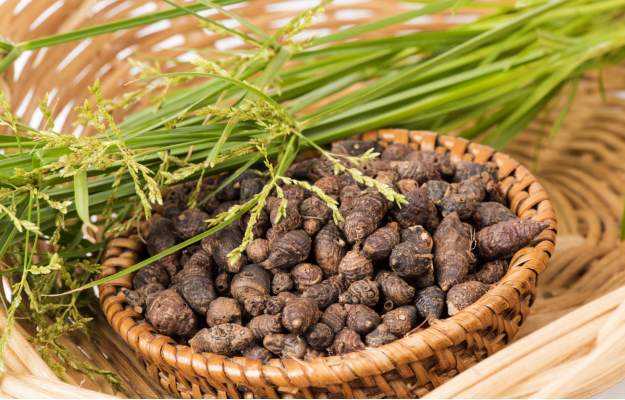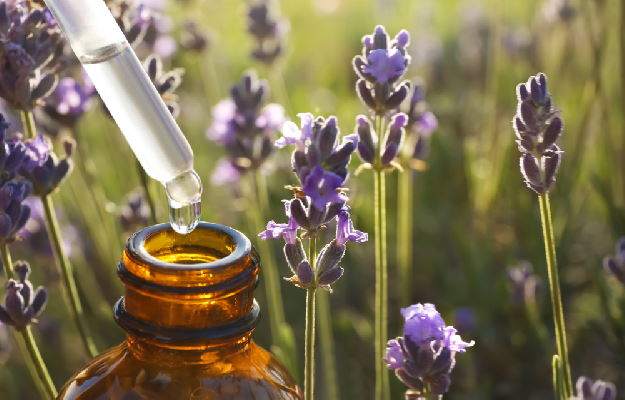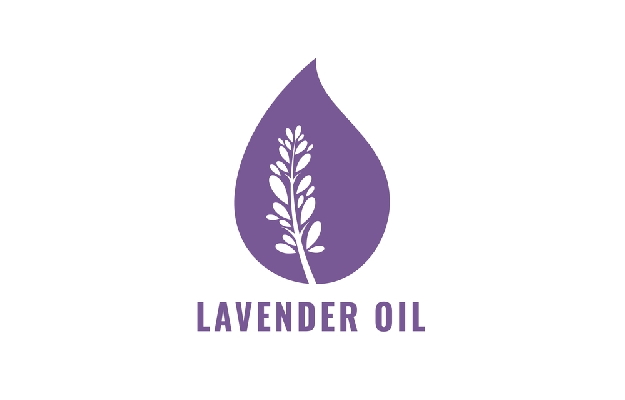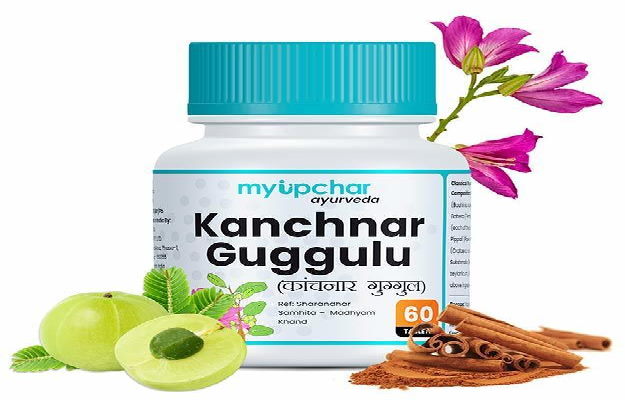Natural remedies in Ayurveda are finally getting some of the attention they deserve from modern researchers. One of the medicinal plants that have caught the attention of scientists in recent times is Nagarmotha or Cyperus rotundus, a weed that grows in many parts of the world—across tropical, subtropical and temperate countries.
Also known as purple nutsedge, nutgrass and java grass, Nagarmotha was prescribed in Ayurveda for stomach and bowel problems, pain relief and reducing inflammation. It was even said that applying Nagarmotha oil improved hair growth.
However, it is important to put traditional medicines to the test of modern science. In that spirit, this article is a snapshot of everything you should know about Nagarmotha if you are considering imbibing it:
Basic facts about nagarmotha:
- Scientific name: Cyperus rotundus
- Family: Cyperaceae (sedge)
- Parts used: Rhizome (modified steam), tuber, flower
- Sanskrit names: Bhadramusta, Granthi, Kachhda, Musta, Mustako, Sugandhi-granthila
- Common names: Nagarmotha, Gimbal (Marathi), Korai (Tamil), Tungagaddi (Telugu)
- Origins: India
- Geographical distribution: Grows in countries with tropical, subtropical or temperate climates.
In terms of appearance, the weed grows to a height of 7-40 cm. Its roots are fibrous and it reproduces mainly by way of rhizomes (modified stems). The rhizomes that grow downward into the soil form individual tubers which are prized for their smell—they release an essential oil that is used in perfumes and incense. The flowers produce phytochemicals that are used as natural insecticides.
Read on to know all about the health benefits and side effects of nagarmotha.
























